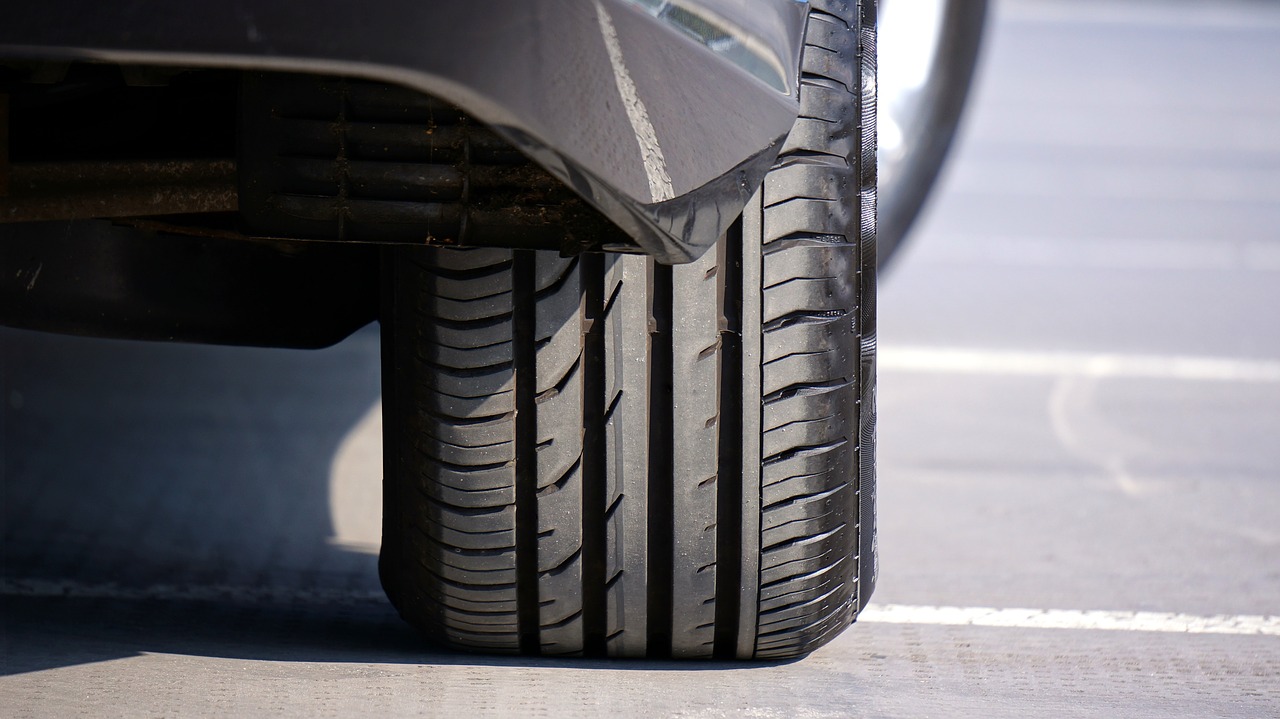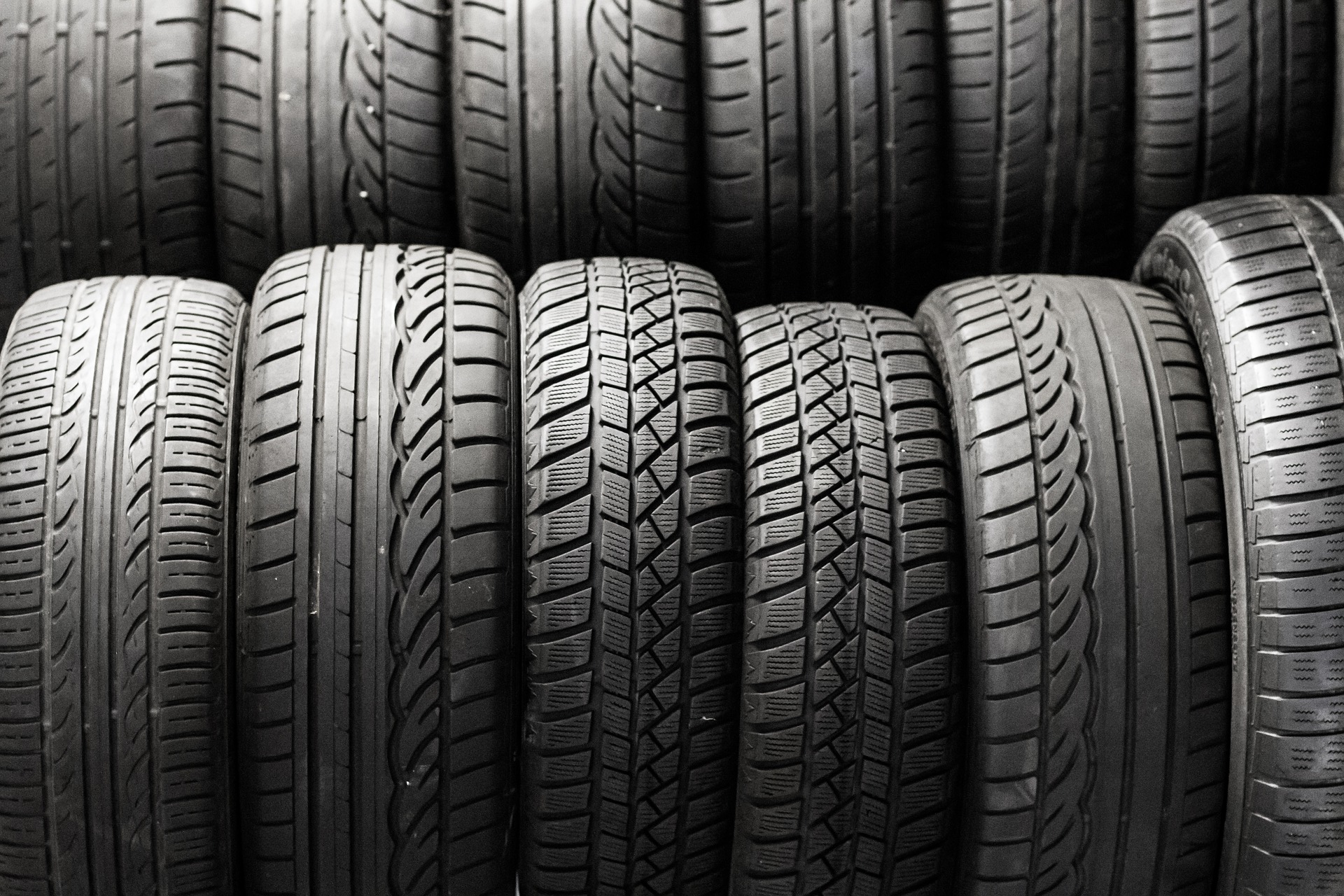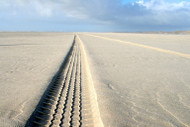The Science Behind Tire Tread Patterns
By on Jan 19 2018

You might have noticed that your tire's tread might not look like those on your friend's car or your dad's car, and there are reasons for that. Different tire treading patterns are actually there for more than just aesthetics. Read on to learn about the different types and what they are made for!
Tire Tread Patterns
The "tread" of the tire refers to the part that comes in contact with the road, while the "pattern" is the groves in the tire within the tread. These groves work to prevent hydroplaning, allowing air space for drainage and improving traction.

This part of the tire is made from a mix of rubbers, both natural and synthetic. When a tire is first assembled, it is completely smooth. The treading is added to the tires in a curing machine, which molds and marks the traction patterns. This machine also functions to bond the different parts of a tire together.
The Rubber Manufacturers Association sets guidelines for tires to meet within certain performance parameters. All-Season Tires with Mud and Snow Designation are commonly sought after. These tires are assigned letters that designate which performance requirements a tire can meet. For Mud and Snow, these letters include MS, M+S, M/S, and M&S. —These tires need to have a row of larger grooves that move in towards the tire's center, and those grooves must take up at least 25% of the tires surface area.
With a snow tire, the idea is that the traction provides enough room for the snow to get into the gaps and grip enough so that there is no sliding. Tires designated for Severe Snow Use feature a specific icon (snowflake inside of a three-pointed mountain) and are tested before they are deemed Severe Snow Use tires.
Tires designed to prevent hydroplaning feature deep grooves that run in the same direction as the tire's tread so that more water can pass through, creating more traction for the tires.
Different Treading

While there are also snow/winter tires, off-road tires, racing tires, and more, the patterns you see in the tires can be narrowed down to four different designs, each functioning in different ways and providing different benefits:
Asymmetrical Tread
These feature different patterns on either side of the tire, each providing its own benefit and function. These tires are great for both dry and slick driving conditions. One side helps to dispel water and the other works to provide optimal grip on dry surfaces.
Directional Tread
These tires feature lateral grooves with V-shapes visible across the center of the tire. This design is engineered to help reduce the risk of hydroplaning/sliding. The deeper the grooves, the better able they are to handle poor weather conditions. These are great for driving in the snow and mud.
Directional/asymmetrical Tread
These tires combine both features of the directional and asymmetrical tire patterns to deliver the best of both worlds including minimal noise, great grip and curve stability, and lower the risk of hydroplaning.
Symmetrical Tread
These tires feature identical tread patterns on either half. These are on the quieter side and they feature a low rolling resistance that helps to reduce fuel consumption. These tires are long-lasting and most commonly found on passenger cars.
Many factors determine the best tires for your vehicle, including where you live and the weather conditions you drive in, as well as the frequency and distance you typically travel.
Sources:
https://en.wikipedia.org/wiki/Tread https://auto.howstuffworks.com/tire3.htm
https://www.uniroyal-tyres.com/car/tyre-guide/tyre-knowledge/tread-patterns






